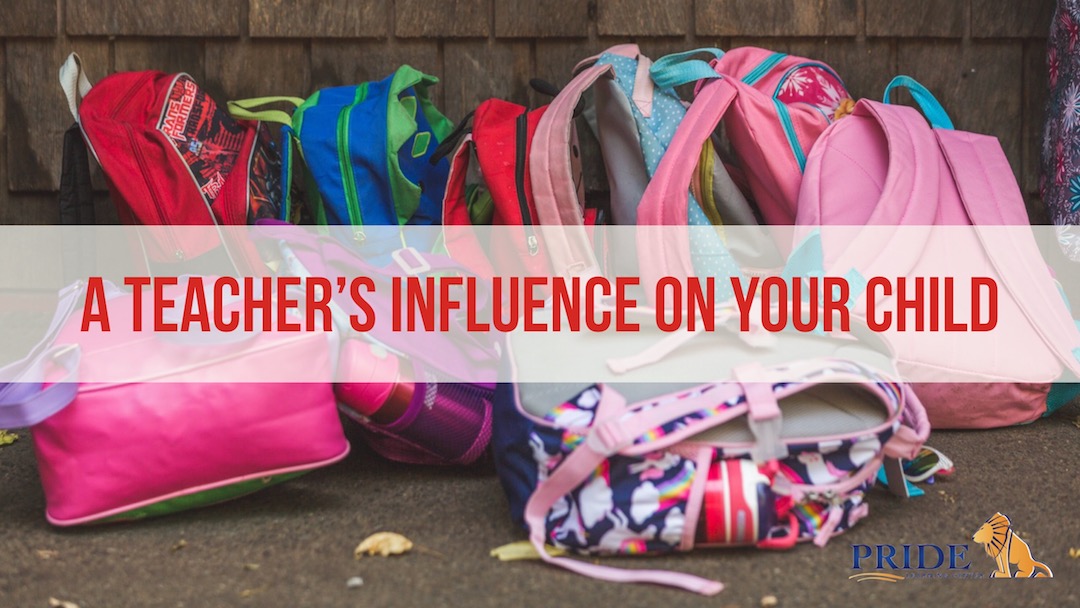
by PRIDE Reading Program Admin | Dec 5, 2017 | A PRIDE Post, Homeschool

Californian schools are doing a great job of providing support to those with learning differences. In the academic year 2015-16, over 700,000 students were given extra support at no extra cost. However, schools can only do so much. It is important to create a home learning environment that builds on the knowledge they gain from schools and learning centers. Here’s how you can improve your child’s education at home, when they’re away from their regular tutor.
Fostering Creativity
All schools will have some creative time, especially for younger students, but there is still a strong focus on conformity over individuality. With an average elementary school class size ranging from 22 in the younger years to 28 in the older years, it is understandable that teachers cannot spend time fully exploring each child’s unique creativity.
This is why it is especially important to work on creative projects at home. While a dyslexic child may not want to write long essays, they may get enjoyment from putting together a comic strip. With exams and tests dominating the schedule, creativity is one of many skills not taught in school and artistic needs could be better served from a home education.
Maintaining Strong Health
Once again, schools are trying to teach about mental and physical wellbeing, but may simply not be equipped to deal with these topics. It can be a safety hazard to take dozens of kids out of school, so they are left confined to a classroom or playing field. As a parent, you can take your child deep into the countryside, where they can learn the importance of movement in an environment that piques their curiosity.
Well specialist schools can help with their reading, writing and comprehension, the home environment is perfect to teach them how to live well. From where they can get the right nutrition to how to build strong relationships, all aspects of mental, physical and emotional health are best taught at home.
Exploring Why Learning is Important
At school, it is taken as a given that kids need to learn the material. But if your child thinks differently, they may spend a lot of time thinking ‘what’s the point?’ It is your job as a parent to explain to them the point. This involves showing the practical uses of their subjects or even why knowledge is important for its own sake. This will help motivate them when they get back behind their desks.
The home and school learning environments should complement and support each other. Teachers lack the resources to give attention to every child on those big questions of creativity, health and the underlying principles of learning. As a parent, you can fill in the gaps by building a strong home education and learning environment.
Thank you so much to our guest blogger, Jocelyn Brown for providing us with this really informative Home Education insight today!
For more posts by Jocelyn, you might enjoy reading the blog post Dogs and Reading: an Alternative Method to Boost Confidence.
To learn more about homeschooling curriculum for children with learning differences and more tips and suggestions, please visit our website here.
Thank you so much for visiting my blog today!

by PRIDE Reading Program Admin | Dec 3, 2017 | A PRIDE Post, Reading Skills
Winter break is finally here! Although we all deserve a vacation from the homework load and daily obligations, we don’t want to completely let our reading and writing skills slip during this winter vacation. As a matter of fact, this is a great time to boost them a little. Here is a very family-friendly list of winter break reading activities you can try at home to keep those reading and writing skills sharp this winter.
Winter Break Reading Activities
- Read for Pleasure. You have heard about a summer reading list – well how about a winter break reading list? Now is the perfect time for your child to catch up on all those books and magazines that they didn’t have time to read during the school year. Reading for pleasure builds vocabulary, expands your child’s mind intellectually and also helps your child become a better writer. So take a trip to your local library and let your kids choose a huge stack of books for some of their winter break reading activities.
- Cook with your kids. Cooking is a great way for the family to spend fun and educational time together. Reading food labels and recipes can help your children improve their reading skills and learn the meanings of unfamiliar words.
- Write thank you letters. Encourage your child to write “thank you” letters for all of the holiday gifts they received from relatives and friends. Sit with your child and write your own notes at the same time. Writing letters is a heavy burden for children, so it might be a good idea to space the work and be supportive.
- Listen to audio books in the car while traveling. Spending time listening to books strengthens listening, concentration and imagination skills in children. It also gives them an opportunity to improve vocabulary and language skills. Take your child’s audio book along on car trips or while you are running errands for some awesome winter break reading activities.
- Go grocery shopping. Let your child carry the shopping list as you shop. They can read off the items you need. Label reading is also a great reading task for children. You can have them look up the ingredients on the labels or ask them to research which breakfast cereal has the least amount of sugar in it.
- Play board games. Here is your opportunity to expand your child’s mind while also having fun and spending time together. Games like Scrabble, Boggle and other word games are great for challenging the minds of kids. Some games require reading for clues or reading directions.
I hope that these winter reading activities work for your family. Enjoy the holidays and thank you for visiting us today!
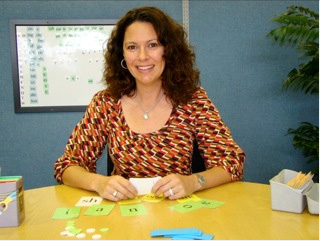
Karina Richland, M.A., is the Executive Director of PRIDE Learning Centers, LLC, an educational company that works with children in special education and focuses on reading, writing and comprehension help. She is also the author of the PRIDE Reading Program, a multisensory Orton-Gillingham reading, writing and comprehension curriculum that is available worldwide for parents, tutors, teachers and homeschoolers of struggling readers.
Karina has an extensive background in working with students of all ages and various learning modalities. She has spent many years researching learning differences and differentiated teaching practices. You can reach her at info@pridelearningcenter.com
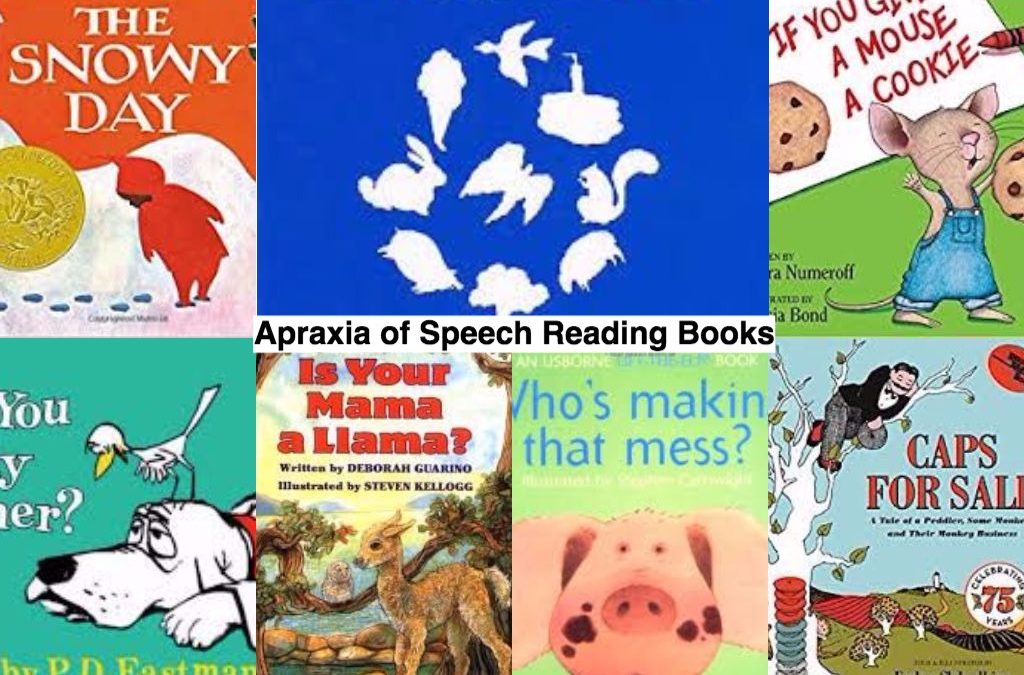
by PRIDE Reading Program Admin | Nov 8, 2017 | A PRIDE Post, Apraxia of Speech

Reading is an excellent tool in helping kids with apraxia of speech find their voice. Kids love reading books that are colorful, predictable and highly repetitive. For kids with apraxia of speech this repetition is crucial.
Repetitive books help kids with apraxia of speech grasp the content of the story much easier. When kids have less to think about, they can have fun and relax in the story. It also allows the child to repeat the language over and over again, getting comfortable with the words and sentences and looking forward to filling in the blanks with new words that really capture their attention. Kids LOVE reading the same books over and over again and that is a really good thing for children with Apraxia of Speech.
Here are a few of my favorite books to read with kids that have Apraxia of Speech. If you would like to purchase any of these books, I have included links:
- Blue Hat, Green Hat (Boynton, S.)
- Goodnight Moon (Brown, M.)
- Dear Zoo: A Lift The Flap Book (Campbell, R.)
- Have You Seen My Cat? (Carle, E.)
- 1, 2, 3 to the Zoo (Carle, E.)
- Jesse Bear, What Will You Wear? (Carlstrom, N.W.)
- Who’s Making That Mess? (Cartwright, S.)
- Five Little Monkeys Jumping on the Bed (Christelow, E.)
- Are You My Mother? (Eastman, P.D.)
- Green Eggs and Ham (Eastman, P.D.)
- Go Dog, Go! (Eastman, P.D.)
- Up to Ten and Down Again (Ernst, L.C.)
- Is Your Mama A Llama? (Guarino, D.)
- Jump, Frog, Jump! (Kalan, R.)
- The Snowy Day (Keats, E.)
- Brown Bear, Brown Bear, What Do You See? (Martin, B.)
- If You Give A Mouse A Cookie (Numeroff, L.)
- A Bubble (Pereira, L.)
- The Big Book of Exclamations! (Peterson, T.K.)
- It Looked Like Spilt Milk (Shaw, C.B.)
- Sheep In A Jeep (Shaw, N.)
- Caps For Sale (Slobodkina, E.)
- Hi, Pizza Man (Walter, Virginia)
- “Buzz, Buzz, Buzz” Went Bumblebee (West, C.)
- I Don’t Care! Said the Bear (West, C.)
- I Went Walking (Williams, S.)
- The Little Old Lady Who Was Not Afraid of Anything (Williams, L.)
- The Napping House (Wood, A.)
When reading these highly repetitive and predictable books with your child, keep in mind that a child with Apraxia of Speech will need just a little extra time to fill in those repetitive and highly predictable phrases. Remember, it is hard for them and it’s so important to keep patient and keep it fun!

Karina Richland, M.A., is the Executive Director of PRIDE Learning Centers, LLC, an educational company that works with children in special education and focuses on reading, writing and comprehension help. She is also the author of the PRIDE Reading Program, a multisensory Orton-Gillingham reading, writing and comprehension curriculum that is available worldwide for parents, tutors, teachers and homeschoolers of struggling readers.
Karina has an extensive background in working with students of all ages and various learning modalities. She has spent many years researching learning differences and differentiated teaching practices. You can reach her at info@pridelearningcenter.com
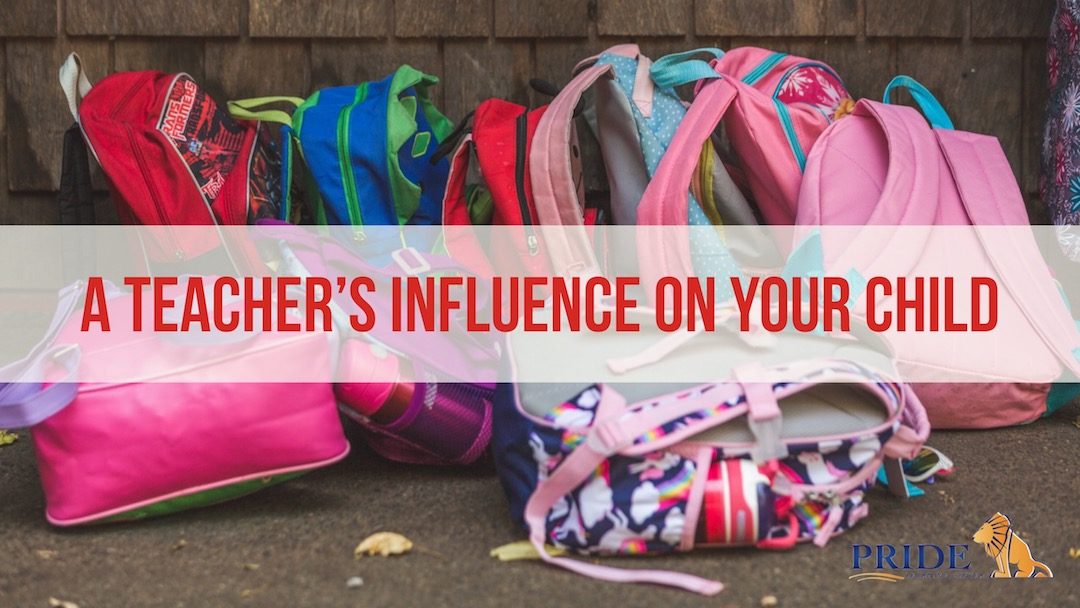
by PRIDE Reading Program Admin | Nov 8, 2017 | A PRIDE Post, Student Motivation
Education is an important tool that can shape an individual and allow creativity, opportunity and growth. As a teacher, it is necessary to motivate students and help them recognize their strengths and weaknesses. Educators are important role models for students and have a big impact on helping shape, create, support and establish students’ strengths, goals and knowledge. Therefore, it is essential to be aware of the effective qualities, skills and characteristics that one brings into a learning environment and how teacher influence plays a role.
What Makes an Effective Teacher?
According to research teacher preparation and knowledge of teaching and learning, experience, subject matter knowledge and certification all establish teacher effectiveness. Teacher preparation is important to their effectiveness in a classroom. Good quality teacher preparation is important to student academic achievement. Prepared graduates have a higher likelihood of remaining teachers and providing quality service to their students and to the schools they work in which creates a positive teacher influence overall.
What is Teacher-Efficacy?
Teacher-efficacy is a teacher’s confidence in their ability to help students to learn. Research shows that teacher-efficacy has an effect on his or her students’ academic performance. It is important that teachers believe in themselves and in their abilities as a role model and educator, because it plays an important role on their student’s self-perception and performance. It also helps a teacher influence and communicate more effectively with students as well as with the overall perception of their student’s strengths and weaknesses. Teachers with self-efficacy have a positive impact on their students’ academic performance. It is something that all teachers need to build, because it is believed to have an important role on students’ academic performance.
“Do teachers’ expectations of his or her students have an impact on students’ academic performance?”
Student learning can be positively impacted by the encouragement of teachers to their students. A teacher’s influence, ideas and expectations of his or her students’ capabilities have an effect on student academic performance and achievements. If teachers believe in their students, their students begin to believe in themselves. Students take into effect the beliefs their teachers have on them and accept it as part of who they are and their abilities. When students are viewed in a negative way by their teachers such as, being lazy, unmotivated and having no abilities, they take on those beliefs about themselves. Many teachers may not be aware of their actions towards particular students in the classroom but their students become aware of them. According to research finding, teachers’ beliefs translate into differential behavior toward their students. For example, teachers who see particular students as highly motivated and highly capable would often make eye contact, smile and lean toward them, and praise and call on them more frequently.
“Does teacher motivation affect student performance?”
Motivation in infants and young children is very high. Infants and young children have a big interest in their surroundings and environment. Unfortunately, as young children get older, they become less interested and enthusiastic about their surrounding and environment. Learning about their environment seems like an unwanted task and desire.
Student motivation is the desire and interest that a student has to be involved in their learning environment. There are reasons that affect student motivation. For example, an intrinsically motivated student looks at the learning activity as an enjoyable process and gets great satisfaction through the process of learning. A student who is extrinsically motivated looks at the learning activity as something they have to do so that they can get a reward or not be punished.
It is also believed that motivation to learn is determined or affected by modeled behavior and communication of parents and teachers. Children develop an idea about learning in their home setting. Children are given a particular message from their homes based on their parents’ encouragement of exploring their world compared to children who are given the encouragement to explore the world around them. Therefore, children without an encouraging and supportive home setting are less likely to deal with and handle failure, because of their feelings about no self-worth or competence.
Older children have a harder time accepting failure and seeing the positive side of trying to accomplish a goal, whereas, younger children see failure as a positive step to finishing or reaching a goal. Teachers’ influence and expectations of students also play a big role in motivation of student. The rules and goals also play an important role on the thoughts and beliefs of the students. It is important for teachers to view themselves as being able to stimulate student motivation to learn.
Tasks given to students can help increase motivation by being challenging and achievable, and showing students that the skills involved in a task can be used in the real world. Verbally providing the reasons for the tasks to students is also helpful. According to research there is a process called Attribution Retraining that includes modeling, socialization and practice exercises and is sometimes used with discouraged students. Attribution retraining provides students with focus on a task rather than the fear of failure.
Karen Oquendo, M.S. is the Learning Specialist at St. James Episcopal School in Los Angeles. Karen is a Credentialed Special Education Teacher and Reading Specialist. Prior to working at St. James, Karen worked as a Reading Specialist at PRIDE Learning Centers and also as a Special Education Therapist for New York City Department of Education. You can visit the PRIDE Learning Center website at www.pridelearningcenter.com.
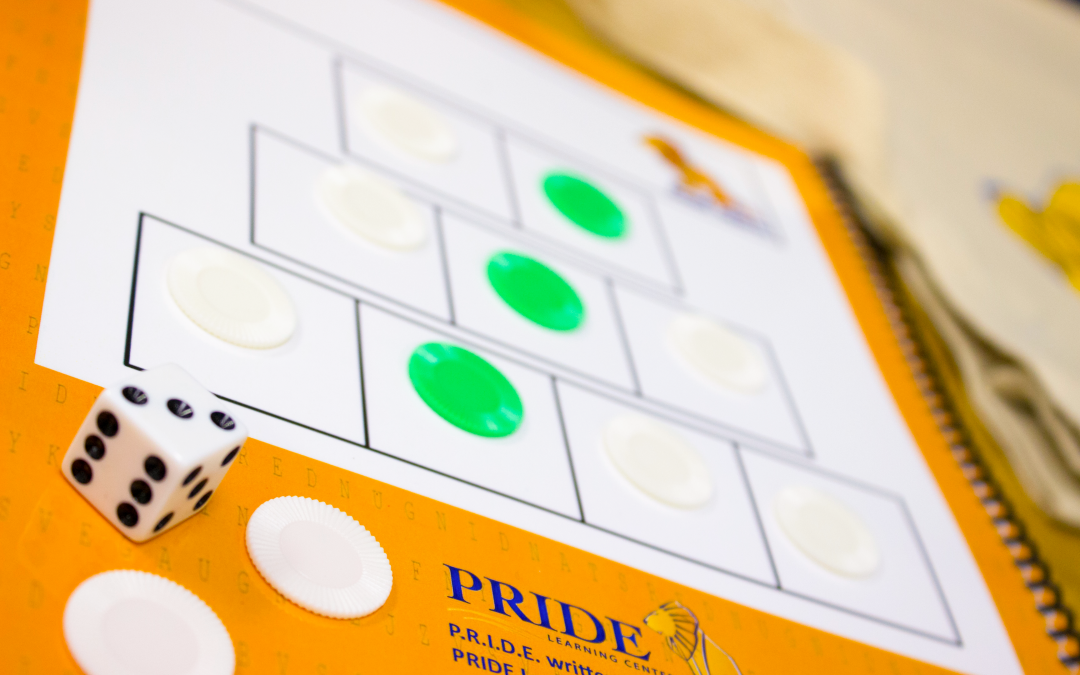
by PRIDE Reading Program Admin | Nov 6, 2017 | A PRIDE Post, Phonological Awareness, Reading Skills
To be ready to read, a child not only needs to know the letters of the alphabet but also must be aware that his or her own speech is made up of segments that differ from letters. These segments are called phonemes. I will try not to use too much teacher jargon in this blog, but this term is worth learning because it is critical to understanding reading and phonemic awareness. Without phonemic awareness, a child cannot read.
What is Phonemic Awareness
Phonemic awareness is the ability to identify and manipulate the individual speech sounds into spoken words. For example the word cat has three sounds – /c/, /ă/ and /t/. The word heat also has three sound /h/, /ē/, /t/ because the letters ea make one sound. Words can be divided into several other units such as syllables and rhymes. The smallest unit of sound in our language is a phoneme and there are forty four of them!
Phonemes do not correspond one-to-one with letters because some sounds are represented with two letters, like sh, ch, th and ng. The awareness of the separate sounds in a word is what we call phonemic awareness. It is an auditory skill that underlies the ability to use an alphabet to read and write. A child who can recognize that the word cat has three speech sounds, the word eye has one, and the word eat has two, possesses basic phonemic awareness.
If a child can change the /m/ sound at the beginning of the word mat to /r/ and know that the word is now rat, has demonstrated an even larger degree of phonemic awareness. This child can compare the sounds in words, substitute a new sound for an old one, and blend the sounds to make a new word.
Phonemic Awareness Activities
When I developed the PRIDE Reading Program, I made extra sure that every single lesson and skill the students learn also include phonemic awareness activities. A few examples of what the students have to do in the PRIDE Reading Program:
Identify rhymes – “tell me all of the words you know that rhyme with the word “heel.”
Listening for sounds – “close your eyes as I read some words to you. When you hear the “ū” sound, raise your hand.”
Manipulating sounds in words by adding, deleting or substituting – “in the word LAND, change the L to H.” (hand)
On the back cover of each of the Student’s Workbook there is a set of Elkonin Boxes to help the students build phonemic awareness. The students are instructed to listen to a word and then move the sound tokens into a box for each sound in the word.
As the students progress in the PRIDE program, they eventually break the words apart into syllables, and separate the syllables into sounds.
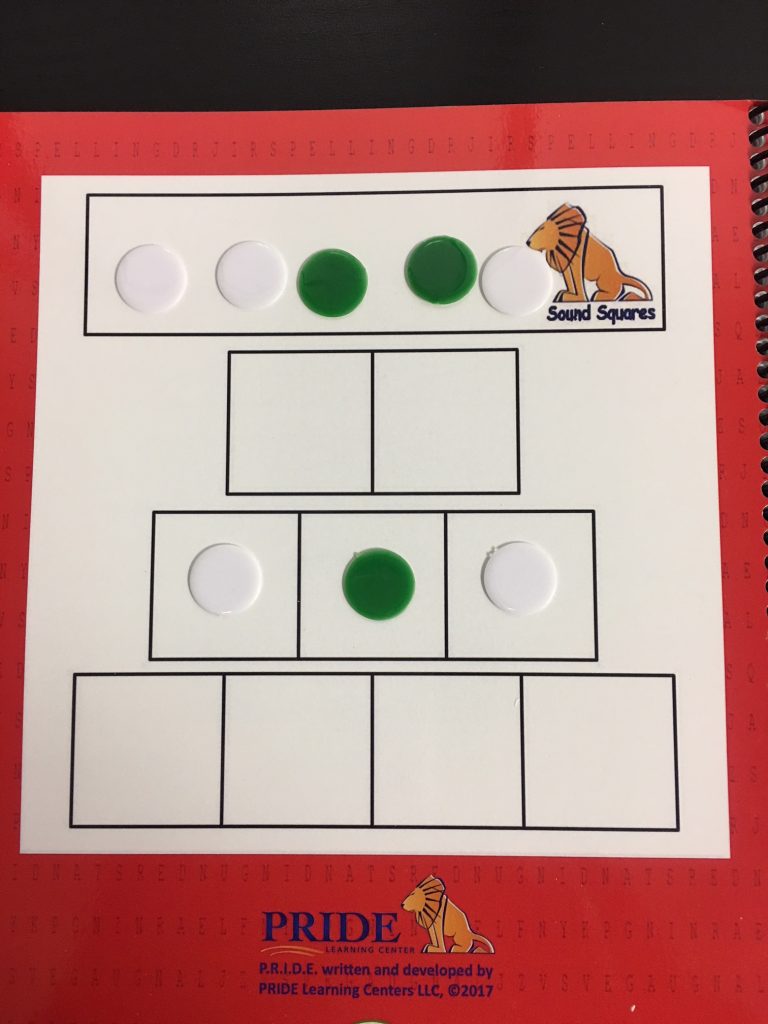
Success in reading depends on basic phonemic awareness. Without a sense of the sounds that letters represent, the child approaches reading as just memorizing letters. With phonemic awareness, the child can link letters to the sounds in words in order to decipher and spell them. Phonics is an approach to teaching reading in which the child is taught to associate letters with sounds and to use that knowledge to sound words out by blending the sounds from left to right.
It has been well known by researchers for the last 20 years that phonemic awareness and letter knowledge are the two best predictors of how well a child will learn to read during his or her first few years of school. The National Reading Panel’s report confirmed that instruction in phonemic awareness helps children learn early reading skills.
Phonemic Awareness in Action!
Here is a sample video of me teaching a student phonemic awareness with Elkonin Boxes:
Karina Richland, M.A., developed the PRIDE Reading Program, an Orton-Gillingham program for struggling readers, based on her extensive experience working with children with learning differences over the past 30 years. She has been a teacher, educational consultant and the Executive Director of PRIDE Learning Centers in Southern California. For more information, visit the PRIDE Reading Program website here. You can also reach her by email at info@pridelearningcenter.com

by PRIDE Reading Program Admin | Oct 30, 2017 | A PRIDE Post, Spelling

My favorite part about teaching spelling with the PRIDE Reading Program is using the Letter Tiles. Each spelling lesson is multisensory since the kids are using both their visual and their kinesthetic modalities moving the tiles around to build words. Spelling with letter tiles is fun, interactive and engaging.
What are Letter Tiles?
In the PRIDE Reading Program, the Letter Tiles are those tiny color-coded squares that have each phoneme of the English language printed on them. They are used by the students when practicing a new concept or skill. The kids are given 10 words to build with their tiles. They say the word, bring down each sound they hear in the word and then blend the sounds together to read the word. Spelling with letter tiles is a step-by-step process.
Why use Letter Tiles?
Because each Letter Tile is a different color, it helps the kids visualize the more abstract concepts. In the PRIDE Reading Program, the consonants are all white, the vowels are all green. Therefore, when the kids are building words, the vowels really stick out. It also gives the kids a visual of manipulating each sound in isolation to create words as well as break apart syllables. For kids that are “hands on” learners, spelling with Letter Tiles are very helpful in building lasting memories to help make those difficult concepts (like learning the ea ) really “stick.”
How do Letter Tiles Work?
You have the option of placing the Letter Tiles in alphabetical order on a table or flat surface, or you can put magnets on the back of them and place them on a magnet board. I use both ways with my students in our Orton-Gillingham tutoring sessions, and the kids don’t seem to have a preference one way or the other.
In the PRIDE Reading Program, the letter tiles are used in every Practice Lesson and every Reinforcement Lesson. So, the kids are given plenty of opportunities to practice their new skills and also review their previously learned skills. Here is a sample video of me teaching a student spelling with Letter Tiles – it’s really short and quick, but gives you an overview.
Letter Tiles are a fantastic learning tool that helps kids learn to apply and use their spelling rules quickly and with accuracy. They are the perfect multisensory, fun and hands-on activity for kids taht are visual and kinesthetic learners. Do you use Letter Tiles in your spelling and reading lessons? If yes, please feel free to share what and how you do with with all of us! We welcome your feedback!
Karina Richland, M.A., is the author of the PRIDE Reading Program, a multisensory Orton-Gillingham reading, writing and comprehension curriculum that is available worldwide for parents, tutors, teachers and homeschoolers of struggling readers. Karina has an extensive background in working with students of all ages and various learning modalities. She has spent many years researching learning differences and differentiated teaching practices. You can reach her @ info@pridereadingprogram.com or visit the website at www.pridereadingprogram.com








